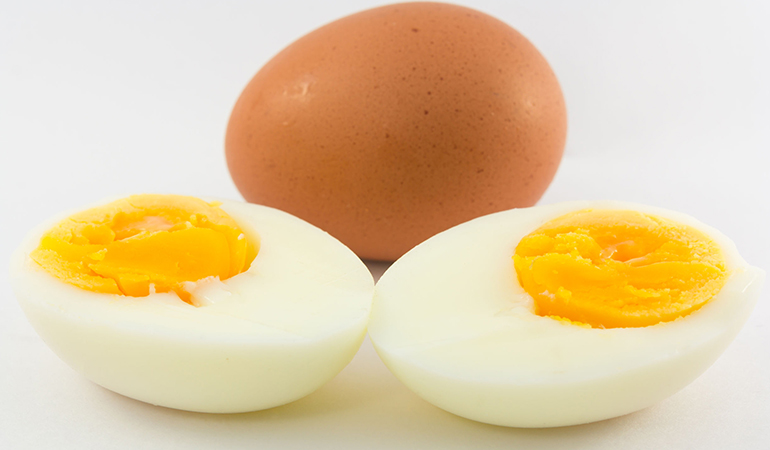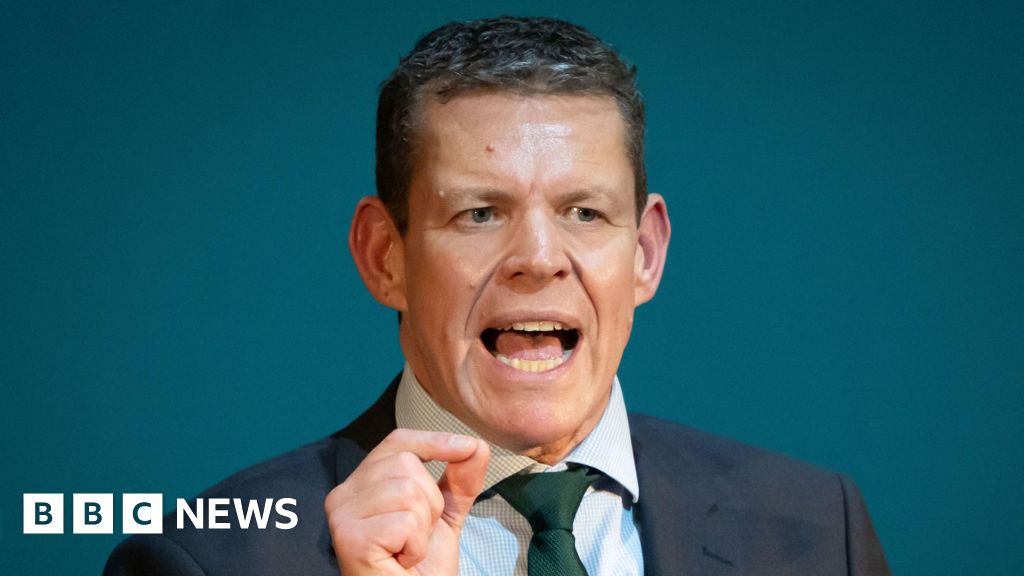“Every year, nearly 1 in 100 children is born with congenital heart defects (CHDs), making it one of the most common birth anomalies worldwide,” says Dr. Jay Relan, Senior Consultant – Paediatric Cardiology and Congenital Heart Disease.

Hole In Heart Symptoms: Many children with congenital heart defects do not present at birth, and they survive with mildly restrictive symptoms that can be difficult to spot. Fatigue, difficulty while playing, and slow growth are subtle issues that can all be typical variations of childhood development – unless you are the child with the heart defect. In contrast, Rapid breathing, low weight gain, breathlessness, swelling, and excessive sweating – these symptoms are frequently associated with congenital heart defects and usually don’t go unnoticed.
For instance, in Mayank’s case, the subtle signs indicated a rather serious condition which required attention- Ventricular Septal Defect (VSD).
Congenital heart defects (CHDs) affect nearly 1 in 100 children worldwide; though common, this condition requires medical attention and if treated timely, it can lead to successful outcomes. These conditions often require medical attention including timely diagnosis through echocardiography and other required tests. Advances in paediatric cardiology and surgical techniques have made it possible to treat CHDs effectively. If managed properly, children have better chances of leading healthy and active lives.
Hole In Heart: What Happens When A Child Is Born With This Defect
A hole in the heart is more than a term
Mayank, a 12-year-old boy was diagnosed with a heart murmur which is defined as a sound indicating an abnormality in the heart at the age of 2. When evaluated, it was revealed that he had a large hole in his heart which in medical terms is called ventricular septal defect (VSD), along with an obstruction in the pulmonary valve which performs the task of supplying blood to the lungs. Though abnormal, the pulmonary obstruction, created a state of balance, preventing excessive blood flow to the lungs. This enabled Mayank to survive rather uneventfully despite having the condition. However, Mayank suffered poor weight gain and inability to engage in normal activities.
Understanding the case
After coming to Sarvodaya Hospital, Mayank was treated by Dr. Jay Relan and his team. A thorough evaluation was conducted using echocardiography, an ultrasound of the heart. The need for surgical intervention was established owing to the echo that confirmed the large VSD and pulmonary valve obstruction.
A VSD closure along with the pulmonary valve repair was conducted as it was the only suitable and effective solution for the child’s condition. Mayank’s adequate weight made it possible to conduct the surgery smoothly without any major obstacle. Post-surgery he recovered fast and is currently active, energetic and thus enjoying his childhood.
Warning Signs Your Baby’s Heart Has A Hole
Every parent or caregiver should recognize signs that might suggest the emergence of hidden heart conditions.
- Constant tiredness or breathlessness. Children will tire quickly during everyday activities or be unable to keep up with peers.
- Poor or stagnant growth. If your child is not growing normally, weight-gaining may be slower than what the paediatrician expects for age.
- Physical milestones may be delayed because of possible cardiovascular difficulties
- Bluish colour of the lips or fingernails. Bluish Colour in lips/fingernails is associated with serious heart defects and is due to circulation of poorly oxygenated blood in the body
- Swelling in the legs, stomach, or around the eyes. May indicate fluid retention associated with cardiovascular difficulties
- Frequent lung infections. Children with heart defects or heart difficulty may have a proclivity to frequent lung infections
As noted in the case of Mayank, this isn’t unusual, but is a demonstration of how diagnosis, surgical access, and management can actually change a child’s life; a child with a difficult congenital heart defect can live, NOT just survive, with all the energy to play and hope.
Subscribe to Our Newsletter Today!






Leave a Reply